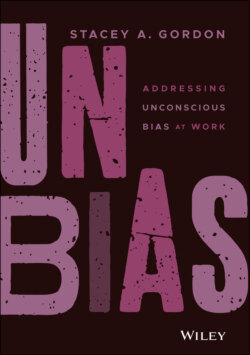Читать книгу UNBIAS - Stacey A. Gordon - Страница 18
Unconscious Bias: Diversity and Incusion as a Strategy
ОглавлениеWith that being said, I will return to your need for unconscious bias education. Unconscious bias as a topic is seen as a solution to tackling the diversity and inclusion issues that companies now find themselves faced with. Companies have become global organizations, whether they intend to or not, and these organizations can't operate without people. While that may seem obvious, people are a network of teams; they thrive on engagement, need open dialogue, and are an amalgamation of inclusive working styles. Diversity and inclusion need to be a comprehensive strategy embedded into each and every aspect of the talent life cycle.
CEOs are beginning to take ownership of this strategy and this is revealed in a 2017 Global Human Capital Trends report by Deloitte. According to that report, 69% of executives see diversity and inclusion as important. And this is an increase from their 2014 survey, where only 59% of executives saw it as important. In 2020, belonging, along with well‐being, is at the top of the Global Human Capital Trends survey as one of the most important human capital issues; 79% of survey respondents said that fostering a sense of belonging in the workforce was important to their organization's success in the next 12–18 months, and 93% agreed that a sense of belonging drives organizational performance – one of the highest rates of consensus on importance they have seen in a decade of Global Human Capital Trends reports.1
